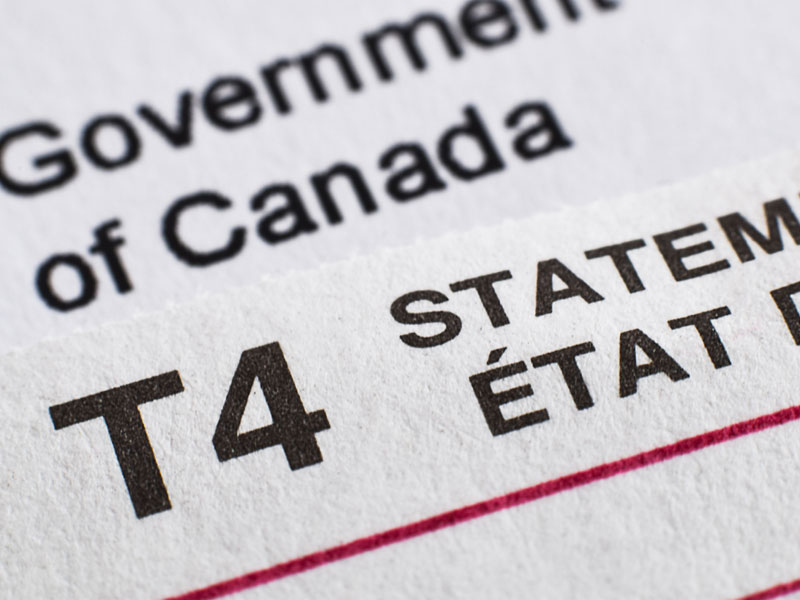
This article appears in the March 2023 issue of Investment Executive. Subscribe to the print edition, read the digital edition or read the articles online.
After hours of gathering documents, checking exemptions and making complex calculations, the end of another stressful tax season can be a relief.
But what happens if your client realizes they made a mistake on their return after submitting it?
“It’s not uncommon for people to file early, and then something surfaces and they have to make adjustments,” said John Waters, vice-president and director of tax consulting services with BMO Private Wealth in Toronto. “Oftentimes, it’s just a simple oversight.”
Triggers for refiling can include a T-slip that arrived late, an RRSP contribution receipt that was missed, a change in legislation discovered or a number entered incorrectly, Waters said.
The Canada Revenue Agency (CRA) accepts only one return per tax year, so once your client has filed their return — even if a mistake has been made — they can’t file a new one.
But your client needn’t panic, Waters said.
Taxpayers can correct a mistake by way of an adjustment, and can do so going back 10 years.
So, whether your client forgot to include income from a consulting gig they had two years ago or just found out they could have been claiming their child’s daycare costs for the past several years, they usually have time to make the adjustment.
“The time limitations are pretty generous,” Waters said.
The first and most important step, he said, is for your client to wait until they receive a notice of assessment (NOA) pertaining to the filed return. Once they have reviewed the NOA, there are three ways to make changes to their tax return:
1.Taxpayers who used certified NETFILE software to file their taxes online can correct an error on their return electronically, using ReFILE. “Within that same software, you have the ability to electronically request an adjustment,” Waters said.
2. Taxpayers can make a change online using the CRA’s “My Account” service. This route is available only to taxpayers who have already registered for that service.
However, there are limits to the changes that can be made to a return using an online channel, Waters said, especially if your client has a particularly complex situation or additional information is required.
3. Clients who are unable to use either online method can instead file Form T1-ADJ. Your client will have to mail a hard copy of the completed form to their appropriate CRA tax centre. Clients using this method also will need to include all supporting documents related to the adjustment they are requesting, as well as the details of their request.
Taxpayers who used a tax professional to file their return can ask that person to file the amendment on their behalf, Waters said.
Once an adjustment request is made, your client will have to wait at least a couple of weeks before receiving a response from the CRA, said Vanessa Sarveswaran, vice-president of tax, retirement and estate planning with CI Global Asset Management in Montreal. She recommends clients submit adjustments online if they’re comfortable with that method. The average processing time for adjustments made through the CRA My Account platform is about two weeks, while adjustments filed by mail can take up to 10 weeks to process.
The CRA may contact the taxpayer before an adjustment or a return is assessed to request further information. Mark Chan, vice-president, wealth planning, with Gluskin Sheff + Associates Inc. in Toronto, said the onus is on the taxpayer to maintain and provide documentation for everything reported. He recommends responding promptly.
“Helping [the CRA] out and providing clear, concise information will make the process go a lot faster and easier for everyone involved,” Chan said.
When the review is complete, the CRA will send your client either a notice of reassessment or a letter explaining why it did not accept the changes.
If your client is entitled to a refund based on the correction, the CRA may keep all or part of that refund if your client owes or is about to owe money to the CRA, Waters said. For example, if your client amended a return for a previous year and the CRA is currently processing this year’s return, the agency will probably wait to see if your client owes money before issuing a notice of reassessment.
Although making an adjustment may seem daunting, Waters said, it’s a fairly simple process for most people. But if your client encounters problems, they should contact an accountant.
One way you can help minimize the need for adjustments is to inform clients of any new tax legislation that might affect them. “My mantra,” Waters said, “is to think about taxes as a year-round process and not just in tax season.”